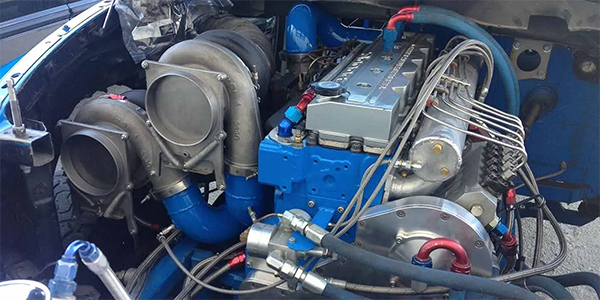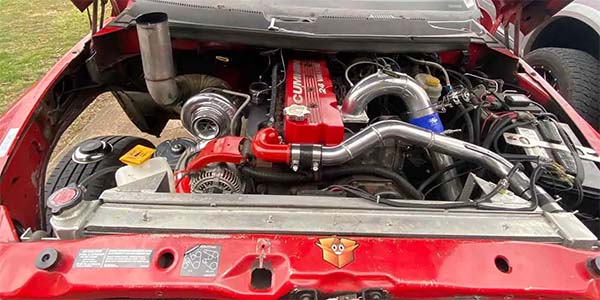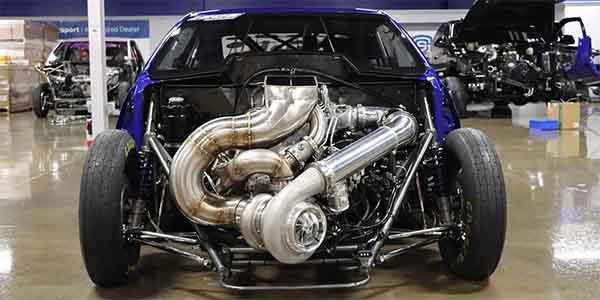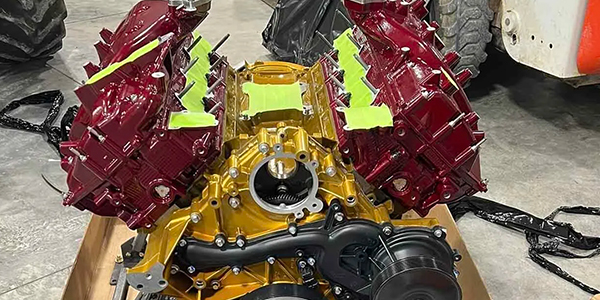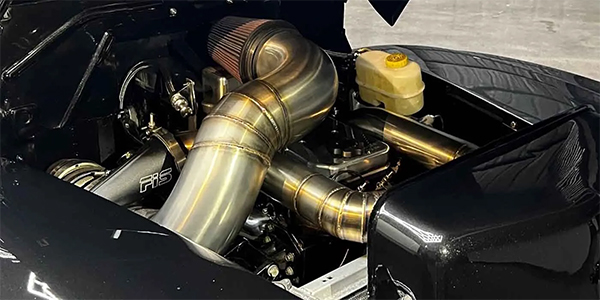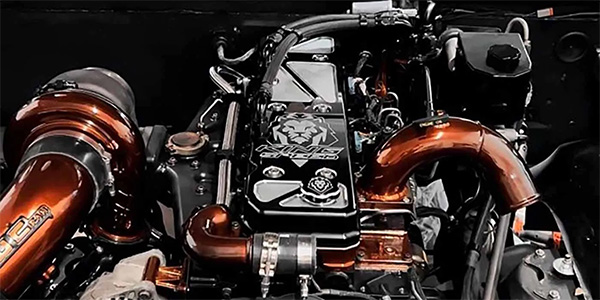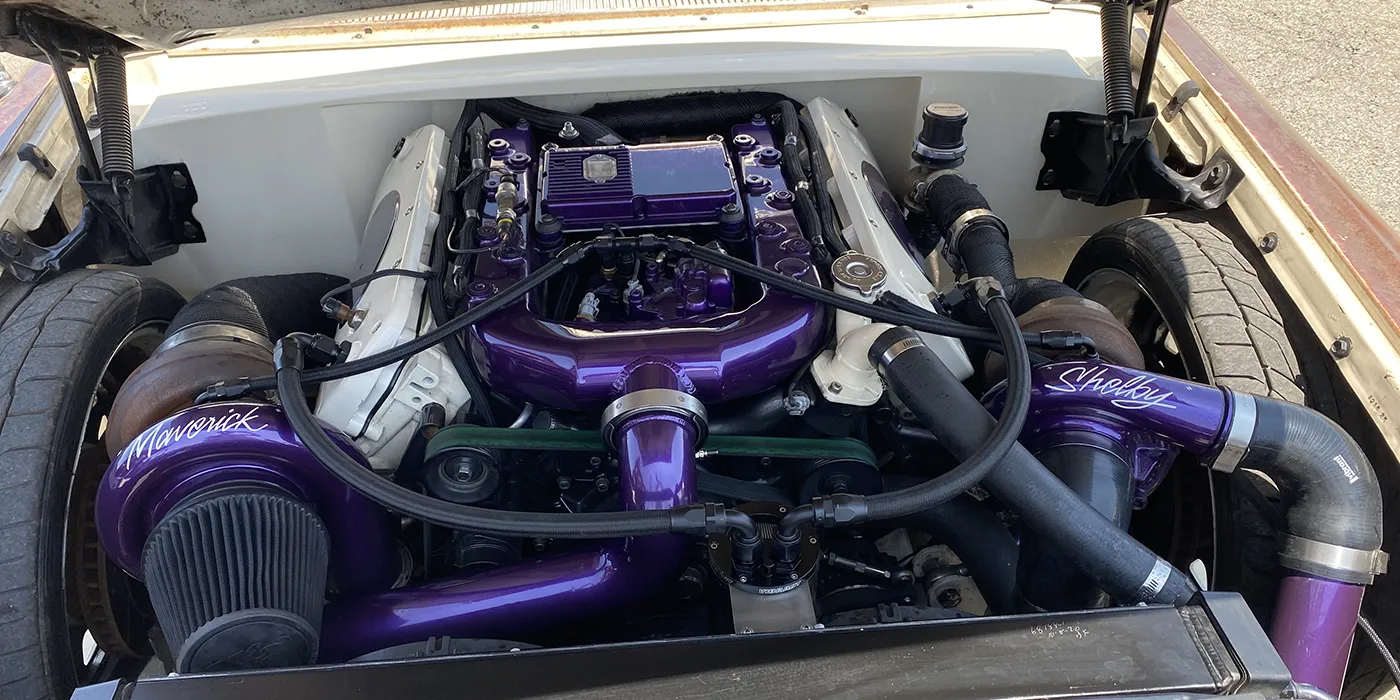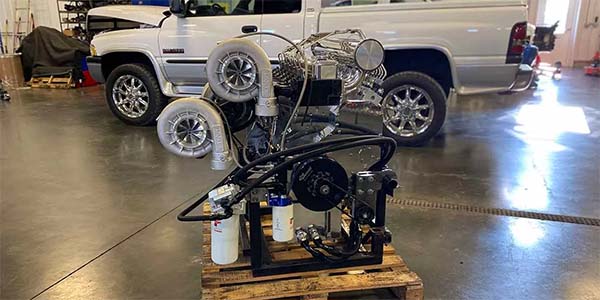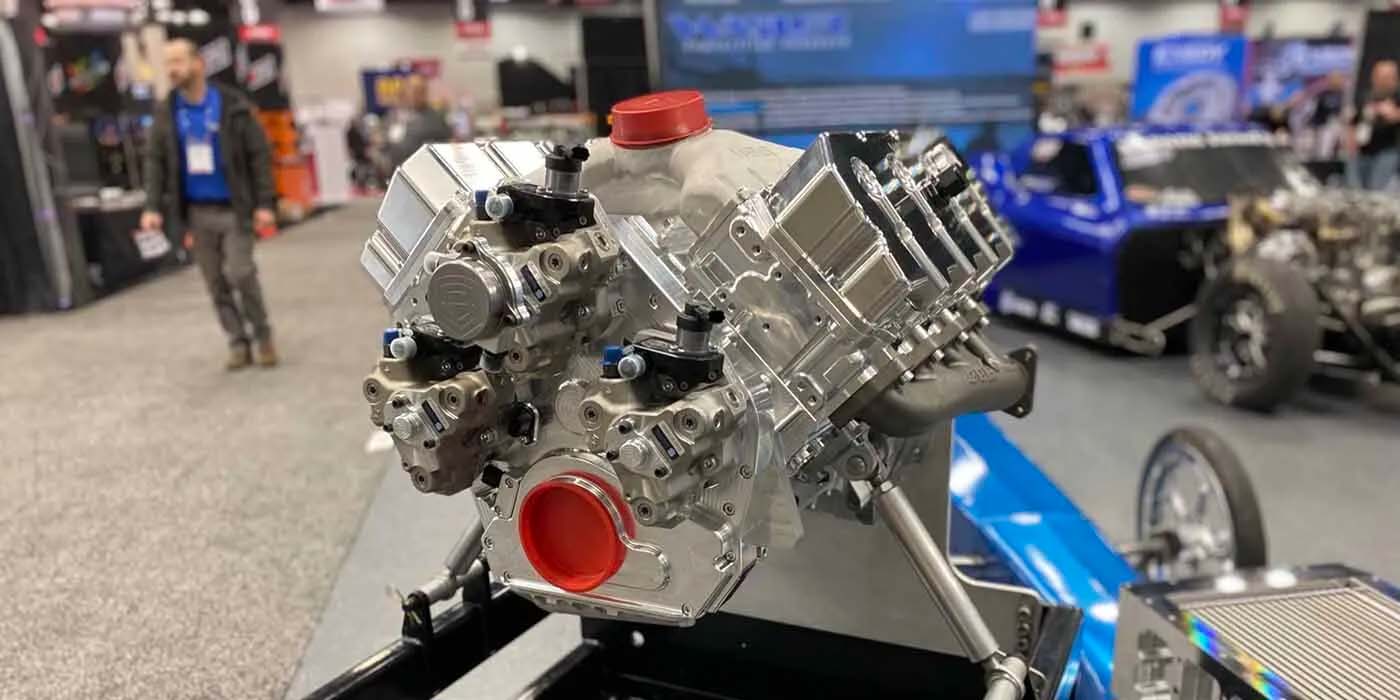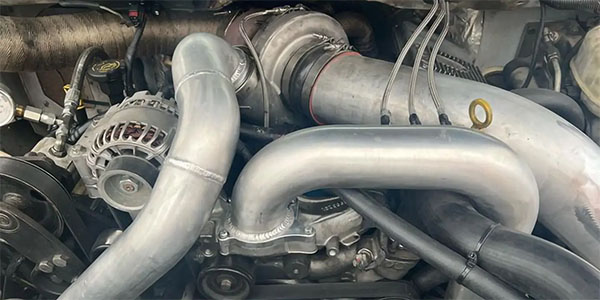This article is courtesy of Engine Builder by Evan Laux
Jason Stott developed his expertise in diesel mechanics and hydraulics under the guidance of his father growing up. Following high school, his passion for truck pulling led him to explore opportunities to cover the costs associated with competitions and truck maintenance. To generate income, Jason started taking on repair side jobs, and quickly found he needed to take the next big step.
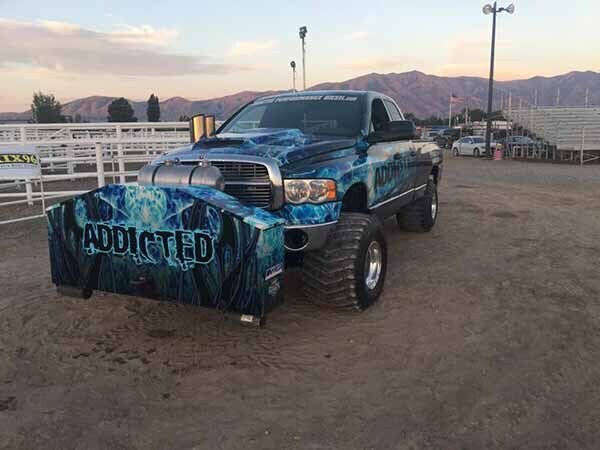
In 2010, he founded Addicted Performance Diesel to meet the growing service requests. At that time, Jason continued to work a full-time job as an oil field construction supervisor, while his wife and another technician managed the day-to-day operations of the diesel business. After enduring a challenging work schedule for several years, he decided to fully commit and focus on expanding the diesel shop.
Addicted Performance Diesel prioritizes performance and specializes in reinforcing engines and transmissions for both daily use and high-performance racing. Jason and his team are dedicated to building quality engines that can withstand extreme conditions.
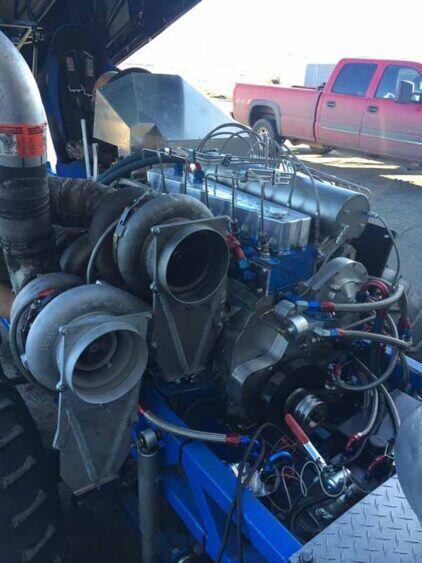
While running the business, Jason continued to pursue diesel pulling, building a monster machine that serves as a competition beast and a demonstration of his expertise in diesel performance. His Super Stock Ram is nearly all owner-built, including the 6.4L Cummins engine under the hood.
Leibee Precision Machine played a part in the machining process, but Jason took the lead in specifying and constructing most of the engine.
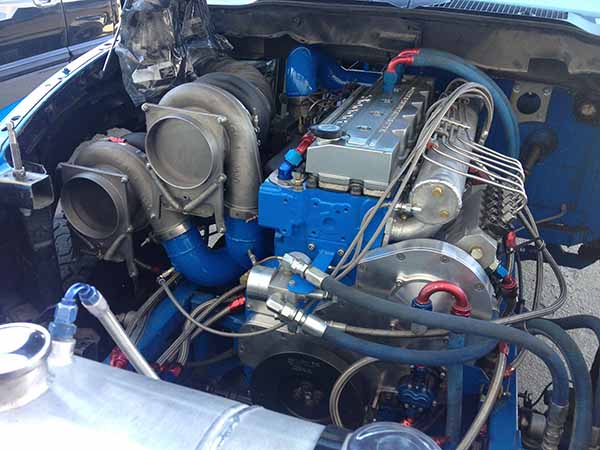
Critical to achieving a crankshaft horsepower of over 2,000 is the LSM aluminum block. This not only shaved 100 lbs. from the engine, but also contributes to the weight in the front weight box. The internally balanced factory crankshaft, R&R connecting rods, and 11.5:1 compression Arias pistons form the robust rotating assembly.
He opted for a Hamilton Cams camshaft with specific parameters, featuring 230 degrees of duration on the intake and 240 degrees on the exhaust with .680 lift. This is complemented by Harland Sharp 1.7:1 ratio roller rockers. The 12-valve cylinder head from Hamilton Cams, modified by Industrial Injection with oversized valves and porting, further enhances the engine’s performance capabilities.

